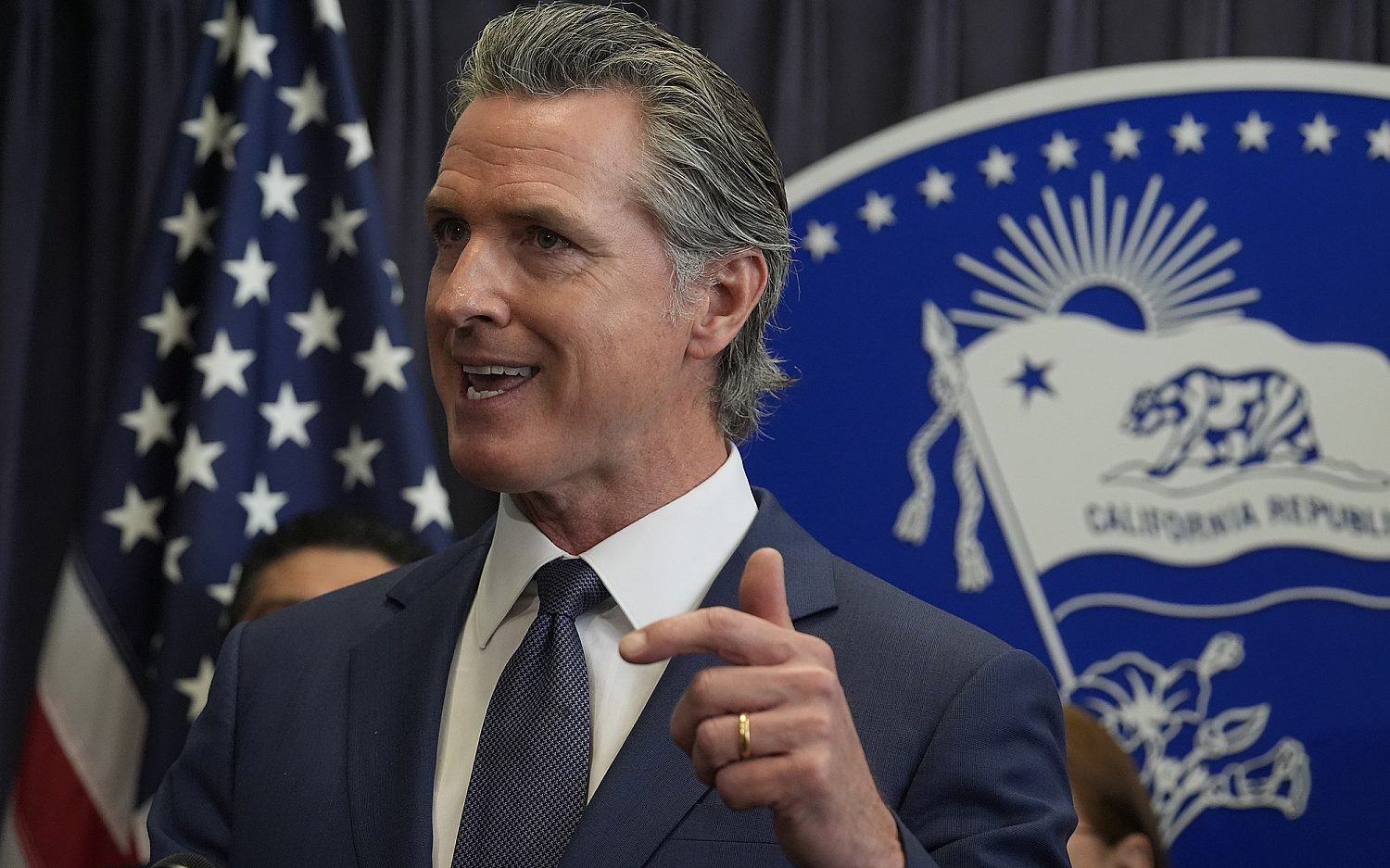Kennedy gives no clue on abortion case stance
The Supreme Court’s swing vote remains mysterious through oral arguments in case challenging Texas abortion restrictions
WASHINGTON—The U.S. Supreme Court’s four liberal justices came out swinging against a Texas law regulating abortion centers, in the biggest abortion case at the court in a decade. Their opposition to the law all but ensures Texas won’t win the case in a way that sets a national precedent in favor of abortion regulation. Justice Anthony Kennedy, the likely deciding vote on the future of the law and others like it, did not show his cards.
The provisions in the 2013 Texas law at issue, HB 2, require abortion centers performing more than 50 abortions a year to meet the requirements of ambulatory surgical centers (ASCs). Abortionists also must have admitting privileges at a nearby hospital. Texas already had a law in place since 2003 requiring abortion centers performing abortions after 16 weeks to meet ASC requirements. More than 20 other states have similar laws.
The Supreme Court will decide whether those two provisions in HB 2 create an “undue burden” on a woman’s ability to have an abortion. That legal standard comes from the 1992 Supreme Court case, Casey v. Planned Parenthood. Until now, the court has never considered state regulations on the practice of first trimester abortions, which account for the majority of the procedures.
Texas argues HB 2 protects women’s health and that it passed the law in order to prevent horrific abuses like those perpetrated by abortionist Kermit Gosnell in Pennsylvania. The Gosnell grand jury report recommended states require abortion centers to meet ASC requirements. Texas contends the remaining abortion facilities in the state will be able to perform enough abortions to meet demand—about 65,000 a year. Ninety percent of Texas women of reproductive age live within 150 miles of an abortion center that meets ASC requirements.
Texas abortion centers argue HB 2 will force the closure of half the state’s abortion centers, leaving many women without access to abortion. They say the requirements are “not medically justified.”
Without the late Justice Antonin Scalia, the three remaining conservative justices looked for ways out of the case that might entice Kennedy. They repeatedly emphasized the evidence and procedures in the case were a mess—perhaps in a strategy to send the case back to lower courts.
Kennedy gave few clues to his thinking, but in one moment he seemed enticed by that idea. He asked whether the court could send the case back to lower courts to do more fact-finding on the effect of the law on abortion centers.
“I don’t think that’s necessary,” said Center for Reproductive Rights lawyer Stephanie Toti, who argued on behalf of the Texas abortion centers.
Toti had help from U.S. Solicitor General Donald Verrilli Jr., whom the court gave time to argue on behalf of the abortion centers as well. Verrilli called the law “extreme” and said its medical justification “cannot withstand any meaningful scrutiny.”
If the conservative justices can win Kennedy’s vote, creating a 4-4 tie, that will leave the 5th U.S. Circuit Court of Appeals ruling in place, where Texas won. A tie would not set a national precedent. If Kennedy joins the liberals and votes against the abortion regulations, then Texas would have lost regardless of Scalia’s passing.
Kennedy was a deciding vote in Casey, which affirmed Roe v. Wade and said states can’t impose an “undue burden” on women’s access to abortion. Pro-lifers saw that ruling as a betrayal, coming entirely from Republican appointees: Kennedy, Harry Blackmun, Sandra Day O’Connor, John Paul Stevens, and David Souter. In this case, Kennedy also voted with the four liberal justices to place a stay on HB 2 while the court considered the case.
Most of today’s oral arguments were consumed with disputes about the facts in the case. The conservative justices questioned whether there was clear evidence the closure of abortion centers was tied to the ASC or admitting privileges requirements.
“There’s very little specific evidence in this case … with regard to why a specific clinic closed,” said Justice Samuel Alito, who also noted three ASCs have opened since the law passed.
Chief Justice John Roberts echoed Alito.
“What is the evidence in the record that the closures are related to the legislation?” he asked.
Justice Clarence Thomas, who spoke for the first time in a decade during a case earlier this week, returned to his usual silence today.
Justices Ruth Bader Ginsburg, Stephen Breyer, Elena Kagan, and Sonia Sotomayor hardly let Texas Solicitor General Scott Keller answer their questions, running over him again and again about the medical justification for the law. The crowd in the courtroom also seemed on the liberal justices’ side, laughing at several of Keller’s answers.
Keller, a former clerk of Kennedy’s, tried to keep the focus on the state legislature’s right to determine its own health regulations. But he had to fend off staccato questions about how the law had helped women. If he did have concrete examples to give, he never got much of a chance to provide them under the barrage of questioning. Keller emphasized court precedent allowed stricter regulation of abortion over other procedures.
Ginsburg noted the “horrible” case of Gosnell, but said there was “nothing in Texas as far as we know.” She said abortion is “one of the lowest risk procedures.”
The law is “only valid if there’s a real problem,” Sotomayor said.
“A state can increase the standard of care as high as it wants without imposing an undue burden,” Alito said, trying to help Keller out.
At the close of the arguments, Alito wondered whether the Supreme Court was “qualified” to determine the medical risks associated with abortion. The court will reveal by the end of June what it thinks of its role in that area. The case is Whole Woman’s Health v. Hellerstedt.
An actual newsletter worth subscribing to instead of just a collection of links. —Adam
Sign up to receive The Sift email newsletter each weekday morning for the latest headlines from WORLD’s breaking news team.





Please wait while we load the latest comments...
Comments
Please register, subscribe, or log in to comment on this article.